15 Main Advantages of Advanced Outfitting For Shipbuilding
In the previous two articles of this series – What is Advanced Outfitting? and How Shipyards Can Adopt Advanced Outfitting?, we discussed the concepts of advanced outfitting followed by the facilities and infrastructure needed in a shipyard to adopt advance outfitting.
This article is the third and last of the series, and we shall delve into the advantages of the method of advanced outfitting.
The various advantages of advanced outfitting are as discussed below:
1. Shorter Cycle Time: Since outfitting is done in parallel to hull fabrication, the total cycle time, that is, from the date of contract signing to the delivery of the ship, is reduced considerably. Accordingly, more number of ships can also be built in a year, therefore giving leverage to the productivity of the shipyard.
2. Better Working Conditions: Since outfitting in block stage is carried out in a workshop atmosphere, the efficiency of the work force will be more because of the improved lighting and better ventilation. Modern shipyards also incorporate efficient human factors to ensure optimum level of workshop productivity.
3. Reduced Interference in Design: Since advanced outfitting is done at a time in a limited area (that is, in one block at a time), limited number of people would be working, with less interference. For example, the personnel concerned with piping is likely to meet with interference from personnel concerned with ventilation. In case of advanced outfitting, these obstacles are done away with, hence improving working conditions.
4. Open Sky Access for Erection of Equipment: In case of conventional outfitting, the total hull (steel) structure is completed, and it is very difficult to lower and then erect equipment and machinery into the lower decks, and this process requires a lot of tools like chains, etc. But in case of advanced outfitting, if the equipment are erected right in the block stage, and then the erection process is well planned in such a way so that the equipment can be directly erected with open sky access (that is, the deck above the equipment is erected after the equipment is erected on its seat). This has been seen to reduce the total erection time required to complete a shipbuilding project.
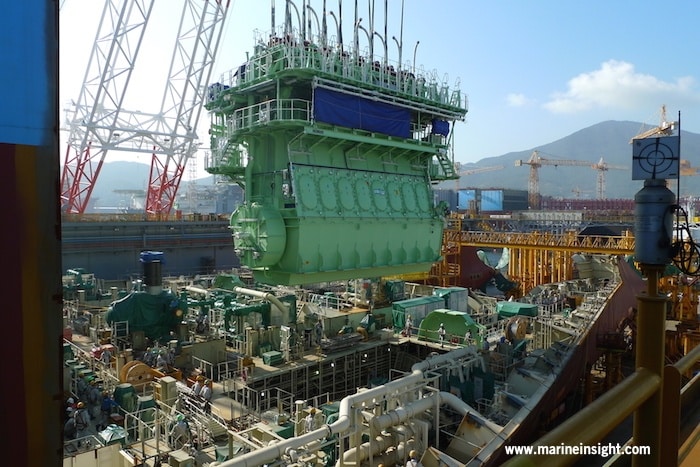
5. Down Hand Welding: One of the most inconvenient methods of welding in shipyards, is that of overhead welding where the welding torch has to be held up in an overhead position. Not only is this process risky, but also takes longer time. If outfitting is done in the block stage, the blocks can be turned upside down by 180 degrees using the cranage facilities, so that majority of the welding can be carried out in downhand position, which will reduce the building time drastically.
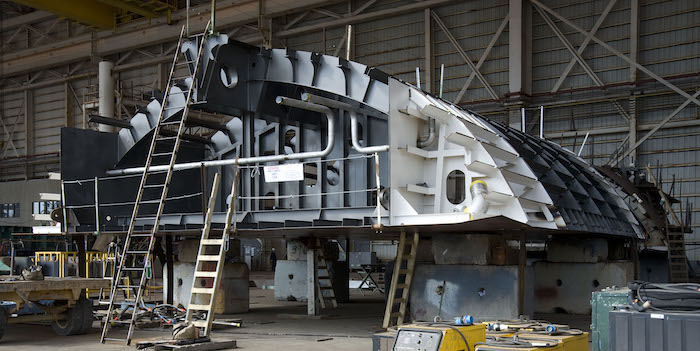
6. Fewer Crane Lifts: The machinery and equipment along with their seat and connected piping can be unitised into modules (remember the Unitisation Concept in the first article?) and these modules can be erected as a single unit. Therefore, instead of separate crane lifts for equipment, seating, and piping, the entire unit is erected by only one crane lift.

7. Reduced Service Requirements and Overheads: This is a very interesting point wherein you will see how small changes in production methods impact the overall economy of the shipyard in different ways. Every shipyard has overheads expenses behind the manpower that it employees. Now, imagine a case where a shipyard builds only one ship per year. The expenses on overheads will remain same, irrespective of the number of ships built per year, because the man power is employed throughout the year. But in case of advanced outfitting, since the cycle time is reduced, the shipyard not only builds more ships at a given time, but also gains in the sense, that along with the increase in productivity, the overhead expenses remain same for a year, thereby saving overhead costs.
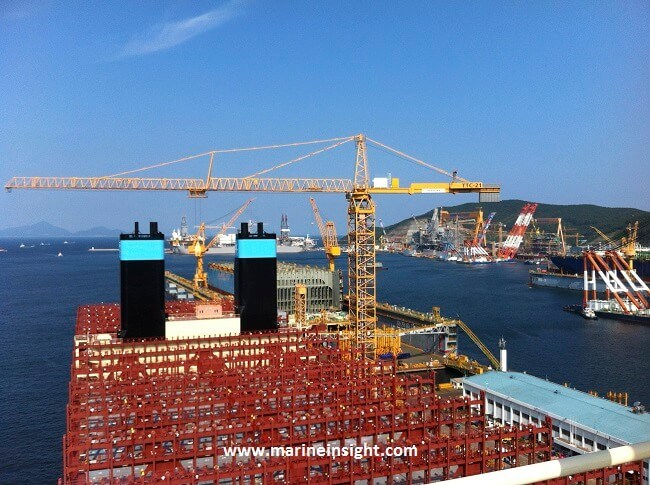
8. Less Requirements for Staging: For erection of ventilation trunks, electric cables, piping spools, etc. below deck staging is to be arranged in conventional ship building process in order to provide easy reach for the people working in the area. However, in the case of advanced outfitting, since outfitting is done at the block stage itself, the block can be turned upside down or to any convenient position so that the outfit components can be easily erected without the requirement of staging arrangements.
9. Better Cash Flow for the Yard: Since the overall cycle time is reduced by adopting advanced outfitting, more number of ships can be built in a year, and accordingly, there will be a strengthened cash inflow from the owners and borrowing costs will also be substantially reduced.
10. Low Inventory Costs: In case of conventional ship building, the machinery and other outfit items are kept in the yard for a longer duration, and hence there will be more inventory costs and hence a lock up of capital. By adopting the strategy of advanced outfitting, since cycle time is reduced, the inventory costs are also brought down by noticeable amounts.
11. Availability of Guarantee Period for the Equipment: Shipyards normally provide one year guarantee for the ship delivered to the owners, and any defects that occur within the guarantee period will be rectified by the shipyard’s costs. Generally, equipment manufacturers provide a guarantee period for their equipment for one year after delivery of the ship to the owners (or in some cases, eighteen to twenty four months from the date of despatch from the manufacturers). If the delivery of the ship takes a longer time, then the guarantee period provided by the manufacturers will not be available to the yard after the delivery, and hence the guarantee costs are to be borne by the yard itself.
By adopting advanced outfitting, the duration of construction is reduced, and hence the guarantee for the equipment will be available to the yard, and any defects noticed after delivery will be rectified by the manufacturers at their costs.
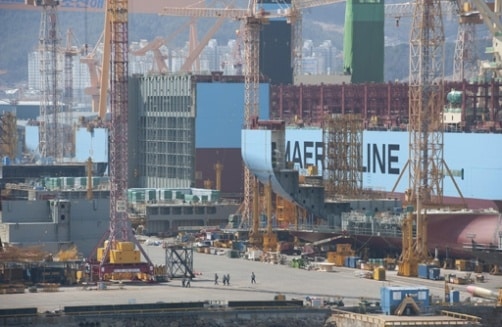
12. Even Distribution of Man Hours during Cycle: In case of conventional ship building, the steel shops will be working for a considerably higher fraction of the cycle time, and majority of the man hours will be consumed by the steel workforce. Therefore, the outfit shops (plumbing, electrical, engineering, machinery, and sheet metal, etc) shall be working below their normal capacity during hull fabrication. After the hull is completed and launched, the outfit departments will have maximum work, and steel shops are not loaded with full capacity of work.
This imbalance is not observed in case of advanced outfitting, where hull fabrication and equipment erection are done parallelly, therefore ensuring even distribution of man hours during construction cycle.
13. Modularisation of Accommodation Areas: In conventional shipbuilding, the accommodation steel blocks are erected after launching, and after the heavy machinery are erected. Outfitting is done at a much later stage.
In modern ship building technology, these accommodation blocks are separately made and outfitted at a specialized area in the yard and this block (as one unit) including associated outfits, is erected onto the ship. The accommodation block can be completed as a parallel work along with the hull structure erection and machinery erection.
14. Separate Facilities for Fabricating or Outfitting or Stern Blocks: In modern shipbuilding yards, separate berths are provided exclusively for fabricating and outfitting stern blocks, and for a series of daughter ships, these stern blocks and engine room blocks are made parallelly in order to reduce total cycle time.
15. Effective and optimum Utilisation of Building Docks and Berths: Once a ship is being constructed on a berth or a building dock, the next ship cannot be constructed on the same berth until the first ship has been launched. Hence, to construct more number of ships in a year, the time of occupation of a ship on a particular berth should be optimised to minimum.
In case of advanced outfitting, wherein outfitting is done in block stage in shops, there will be very less time of occupation of the berths or docks and more number of vessels can be built by the yard in a year.
Now that we have discussed all the aspects of advanced outfitting, starting from the fundamental concepts to the facilities required by yards, and then the advantages of the methods, you now have an aerial view of the entire technology of advanced outfitting.
In recent days, shipyards are yet looking forward to more efficient methods, not only to reduce the cycle times, but also to improve the efficiency of each worker in a shipyard, and hence add leverage on the overall productivity. Advanced outfitting is not only an important concept to be known by shipbuilders, but also to Naval Architects, as this method has also had an effect on the production design process followed by design offices in almost all modern day shipyards.
Over to you..
Do you know any other important benefits of advanced outfitting?
Let’s know in the comments below.
Do you have info to share with us ? Suggest a correction
Latest Naval Arch Articles You Would Like:
Subscribe To Our Newsletters
By subscribing, you agree to our Privacy Policy and may receive occasional deal communications; you can unsubscribe anytime.










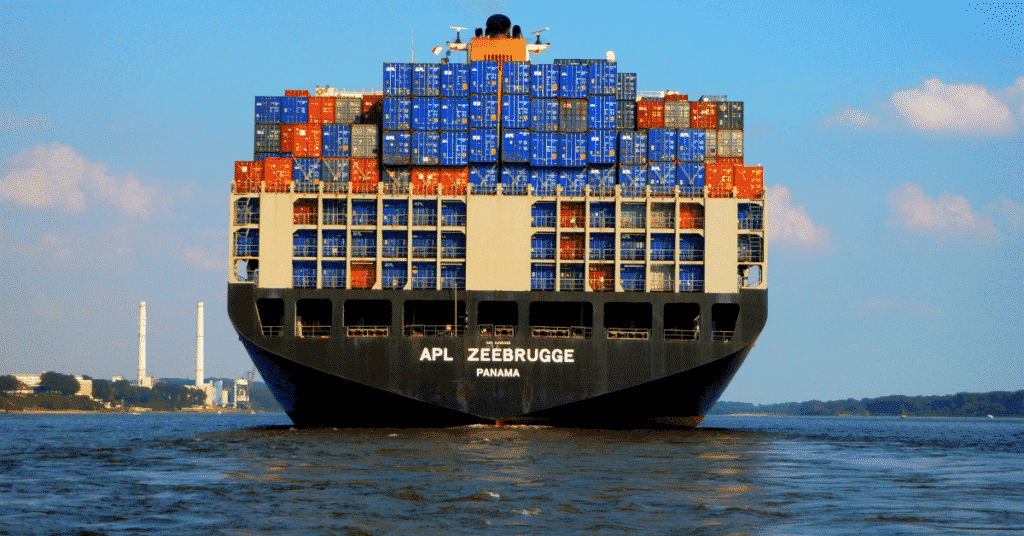

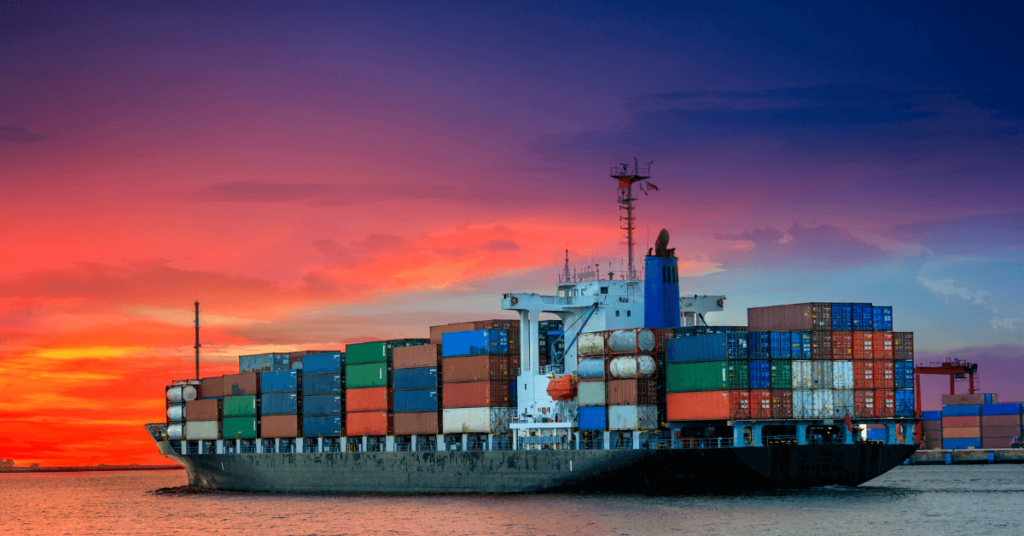
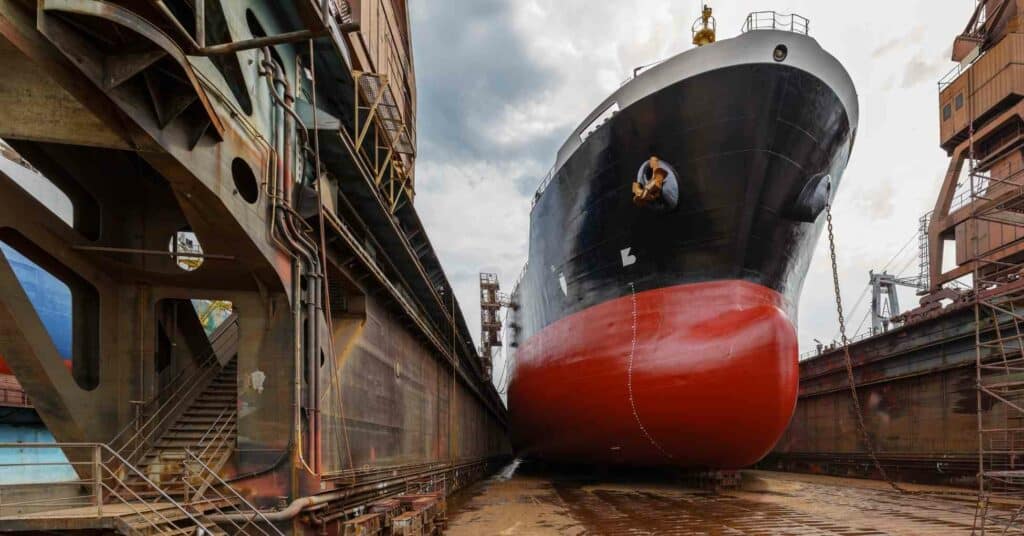
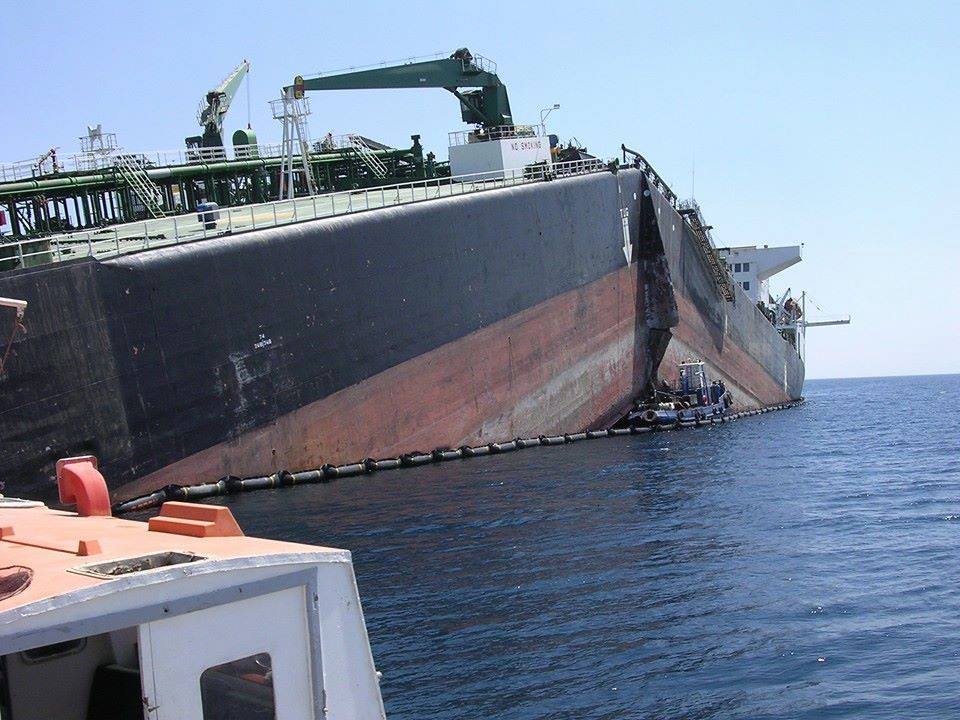
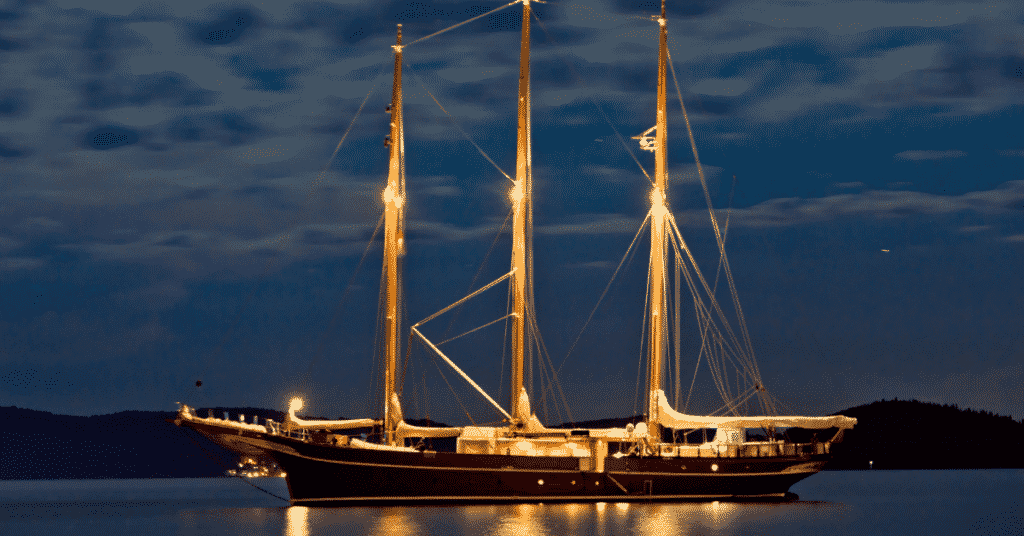
Nice to hear from you
Most useful data and relevant
I liked what you said about how modern shipbuilding yards provide exclusive separate berths for fabricating and outfitting stern blocks. My dad is investing in shipping and looking to see about learning about barges and shipbuilding to help learn more about this new, to him, business. Thank you for the information about how stern blocks and engine room blocks are made parallelly in order to reduce total cycle time.